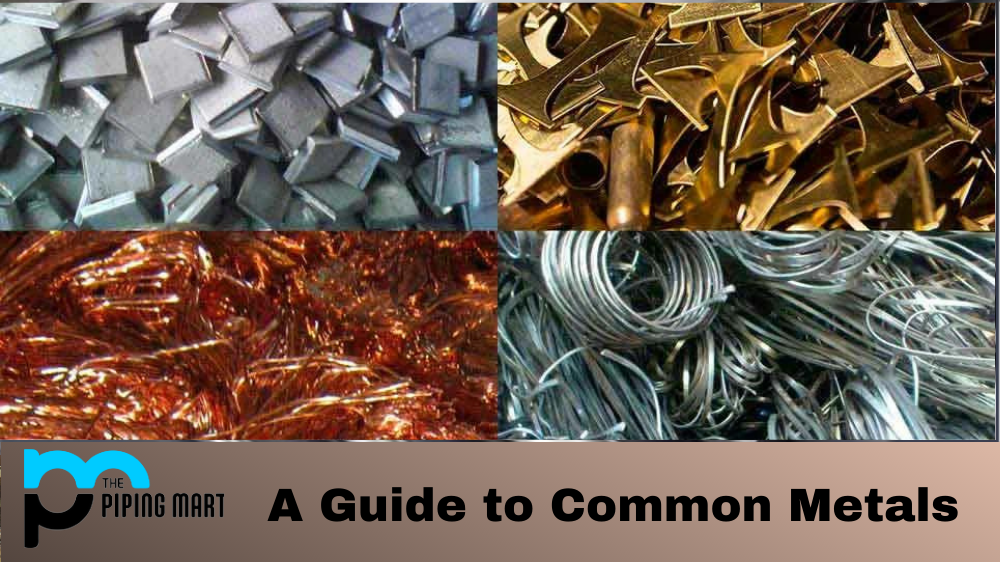Being able to identify different types of metals is a valuable skill for anyone who works with metals, whether you’re a welder, a machinist, or even just a DIY enthusiast. There are several ways to go about identifying metals, and it can be quite simple once you know what you’re doing. In this blog post, we’ll go over the basics of how to identify the different types of metals.
The most common method for identifying metals is by using visual and tactile cues. You can look at the surface of a metal object and take note of its color, texture, and general appearance. This will give you clues as to what type of metal it may be. For example, if an object is a silver in color with a shiny surface and bright luster, chances are it’s made out of stainless steel or aluminum. If it has a dull gray finish and appears heavy, then it might be cast iron or steel.
The next step is to use physical tests such as tapping or scratching the metal with something hard like a screwdriver or hammer. Metal that’s softer than iron will leave marks more easily, while harder metals like titanium won’t show any damage at all when tapped lightly. Additionally, some metals are magnetic while others aren’t—this can also give you clues as to what type of metal an object is made from.
Another way to identify metals is by using chemical tests such as acid etching or spark testing. Acid etching involves applying acid directly onto the surface of the metal, which helps reveal its composition because certain acids react differently depending on what type of metal they come into contact with. Spark testing involves striking two pieces together, which will create sparks that will tell you about their elemental makeup based on their intensity, size, shape, and color—it should be noted, though, that spark testing requires specialized instruments and knowledge, so it should only be done by professionals if needed.
Conclusion:
Identifying different types of metals doesn’t have to be complicated—with just some basic knowledge and experience, you can easily recognize different types of metals based on visual cues alone without having to resort to more sophisticated methods like chemical tests or spark testing. Knowing how to properly identify different types of metals can help make any job easier, whether you’re working in construction or even just tinkering around in your garage!

Meet Bhavesh, a seasoned blogger with a wealth of knowledge and experience. From metal products manufacturing to retail, Bhavesh has a diverse background in various industries and is dedicated to sharing his insights and expertise with readers.




